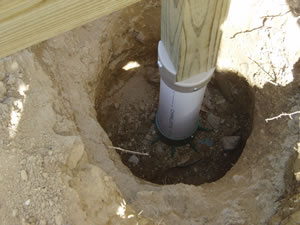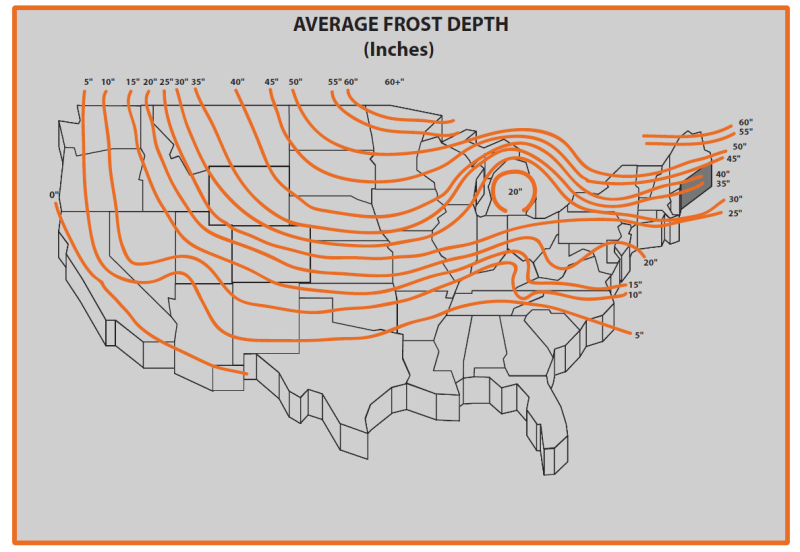
Leveling Requirementsĭifferent leveling requirements exist for the bottom and top of the footing.

The footings should also extend for 12 inches (30.5 cm) below the frost line or should be frost-protected. Most experts recommend that footings should extend at least 12 inches (30.5 cm) below undisturbed soils. Undisturbed soils provide a stronger foundation than soils that have been disturbed significantly.

What is the ideal footing dimension for undisturbed soils? Undisturbed soils refer to soils that have not been hoed, tilled, graded, or turned over by man or a machine. However, when building a light building on strong soil, narrow footings of 7 to 8 inches (17.8 to 20.3 cm) will be adequate. If you are building a heavy house on weak soils, you need a footing that is 2 feet in width or more. It all depends on the prevailing soil conditions. Some footings may be shallow, but others must be deep. The footing depth will vary depending on the soil strength and the frost line. The ideal footing thickness should range between 8 and 12 inches (20.3 and 30.5 cm). The lower the soil’s bearing capacity, the wider the footing should be. How do you determine the ideal footing size and dimensions? You should consider the soil’s bearing capacity. You might also consider using large gravel, which is self-compacting. If you replace soil into the trench, it is crucial to compact it thoroughly. Therefore, under pressure, this soil will re-consolidate and lead to settling. What happens if you dig too deep and then replace the soil to recover the grade? You will be putting back soil that has expanded by 50%. Failing to compact the soil might lead to settlement of up to ½ inch (1.3 cm) in the first 6 inches (15.2 cm) of the soil. The equipment used to compact gravel or sand soils may differ from the equipment used to compact clay or silt. The ideal equipment will depend on the soil type. It is important to compact the soil directly under the footing because it takes the greatest load.Ĭontractors use specialized equipment while compacting the trench bottom. The load spreads out at a 45-degree angle within the footing and spreads out in the soil at a steeper angle of 60-degrees. Considering the Soil Typeįootings help spread the weight of a building so that the soil can bear a building’s weight. By doing this, they combine both the compressive and tensile strength and make the footing far superior and less susceptible to damage. Therefore, under loading, concrete is susceptible to cracking and breaking.Ĭonstruction crews place vertical and horizontal steel reinforcements inside the concrete while building a footing. Concrete has high compressive strength but low tensile strength. Footings must be thick enough, wide enough, strong enough, and must have enough reinforcement to support a building. Proper placement of a footing is important to provide ample support for a foundation and, eventually, the structure.Ĭoncrete footings may provide the necessary support in projects such as pergolas, decks, retaining walls, and other construction types. Footings are particularly important in places with poor soil conditions. Unlike poorly installed gutters, which may not have much impact, improperly built foundation footings could eventually bring down an entire building. No one can deny the importance of a proper house foundation. The rest of this article will outline topics related to the above question, including a footings’ role, why the soil type matters while placing a footing, footing size, dimensions, and common footing problems. The role of a footing is to support a building and help prevent settling. Footings consist of concrete material placed into a trench. The dimensions of a footing can vary depending on the structure’s type and size as well as soil conditions.Ī footing is a part of the foundation construction for a building, creating an attachment point between the foundation and the soil. Laying out the footing is one of the first steps in the construction of a house following excavation.


 0 kommentar(er)
0 kommentar(er)
